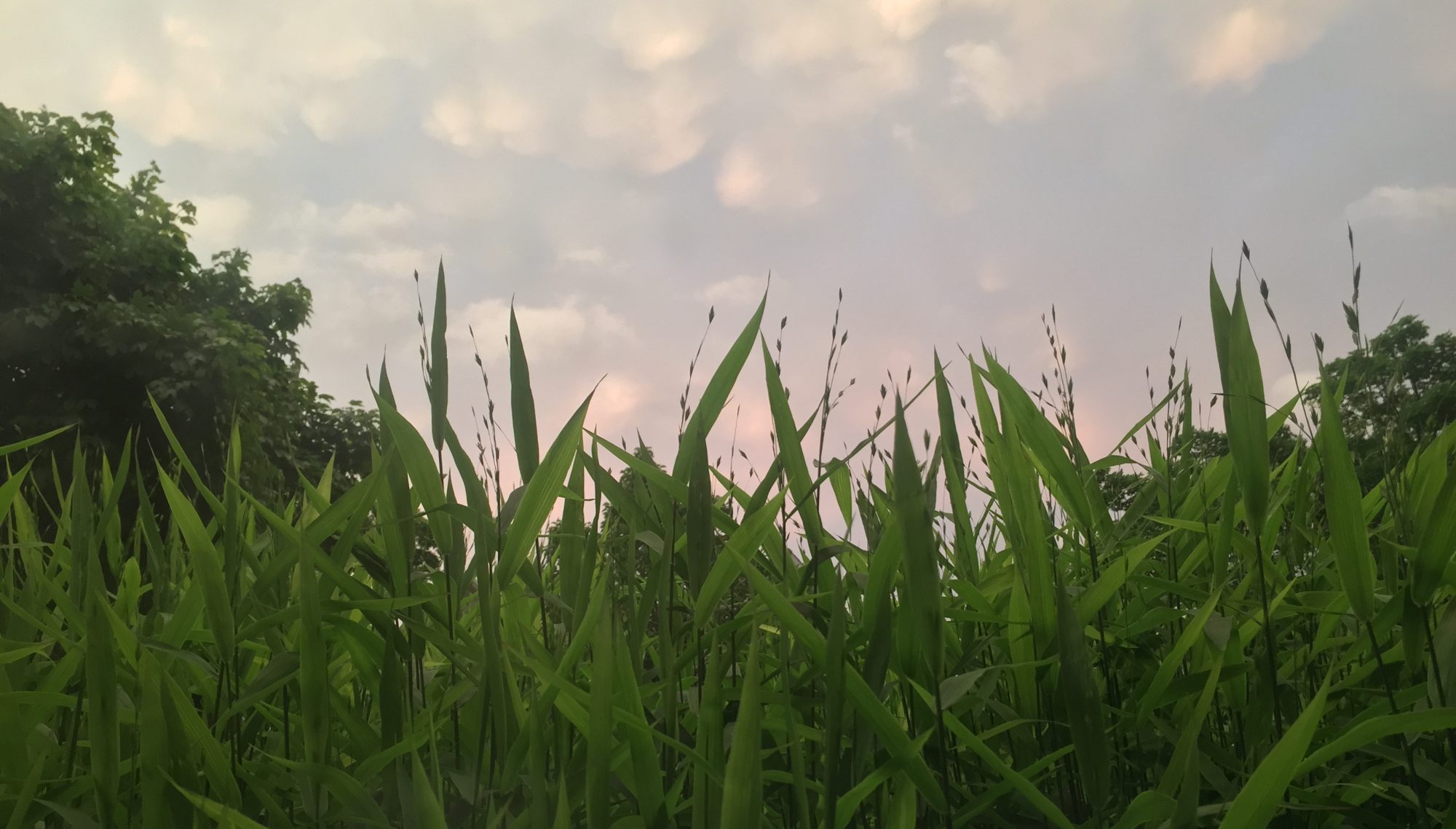When I finally decided that “Burn So Bright” didn’t quite cover the whole story that I wanted to tell, and that I wanted to challenge myself to write an entire song cycle reimagining the Ramayana via country music, I also decided that I was going to try to write and record the whole album in sequence. While I had a rough idea of the various episodes that frequently occur retellings of the story, I wanted to see how each song would lead to the next lyrically and stylistically. So for the first song I was going to consciously write as part of this project, I wanted to start at the beginning of the story.
In many versions of the Ramayana (I guess I need to start using the acronym IMVOTR, since I’m going to be using this qualification a lot in these blog posts) the story begins with Rama’s birth. Usually, the story goes, Rama is an avatar of Vishnu, who crosses over to Earth in order to defeat the demon king Ravana. This ten-headed rakshasa, for complicated reasons, can be killed neither by a god nor a man; a god who is also a man, however, seems to have been an acceptable loophole (protip for demons: always read the fine print).
IMVOTR, Rama’s conception involves a long, complicated Vedic sacrifice performed by his father, King Dasaratha. As I thought about the kind of old, weird America where I intended to have the album unfold, I couldn’t figure out what the equivalent of such a sacrifice might be in such a milieu. Then I realized that that old standby of blues and Americana, the deal with the devil, was not unlike the ancient Vedic sacrifices — giving up something of value in the hope that a supernatural figure will provide what you want or need. I just needed to figure out why one of our hero’s parents would make that deal with the devil.
At the time I was writing “A Small Sacrifice,” I had a number of friends and relatives who were trying to have children, and it got me thinking about the lengths that people will go to become parents — frustrating years of trying IVF or other therapies, traveling to distant continents to adopt, and so on. Like Dasaratha, they were making profound efforts to get something they desperately wanted. Perhaps one of our hero’s parents would desire his birth so deeply that they’d be willing to give up their lives to make it happen. In the end, I decided to tell the story from the point of view of our hero’s mother, whose desire for a child leads her to make a deal with the local priest, who may or may not be a representative of the divine, or the diabolical.
The actual recording of the song started with the rhythm track, which is just a sample of a vinyl record that I slightly chopped up to provide a steady 4/4 beat. The chord progression is very simple, and repeats throughout the song, so to keep it interesting I started it out very sparse and added new elements with each verse — this kind of layering is something I do on a lot of songs. The first stringed instrument you hear is a ukulele, filtered through GarageBand’s “Telephone” effect.
The next verse introduces an acoustic guitar and a tinkling piano, then a banjo, then a tambourine and bass. The latter two were software instruments on GarageBand, since I didn’t own a bass yet; even after I bought one a couple years later and went back to re-record live some of the software bass parts I had been working with, I decided to leave this one as is. It’s so simple and, to me, perfect, that I could only screw it up by trying to make it more complicated. Finally, I added in a Telecaster played through my then-brand-new Fender Twin Reverb amp; I was (and still am) enamored with that classic vintage reverb sound, and you’ll hear it all over this record.
The thing that really ties the song together, though, is that haunting sample that starts the song and loops throughout the entire tune. I knew I wanted to add some kind of sample to add the feel of “ritual,” and I scoured Freesound.org for just the right one. When I stumbled upon this recording of a church choir in Holland, it felt perfect. Even though its rhythm is nothing like that of “A Small Sacrifice,” I love the way it winds in and out of the quiet spaces of the song, swelling and receding in a way that gave exactly the beautiful but slightly creepy texture I was looking for.
In an interesting epilogue, when I finally finished the album a good five years or so after I originally downloaded Klankbeeld’s recording, I went back to Freesound to try to figure out where to provide attribution. It turned out that the original recording had been accidentally deleted and was no longer available. But since I still had a copy on my computer, I was able to return it to its grateful creator halfway around the world. Sometimes the internet is amazing.
